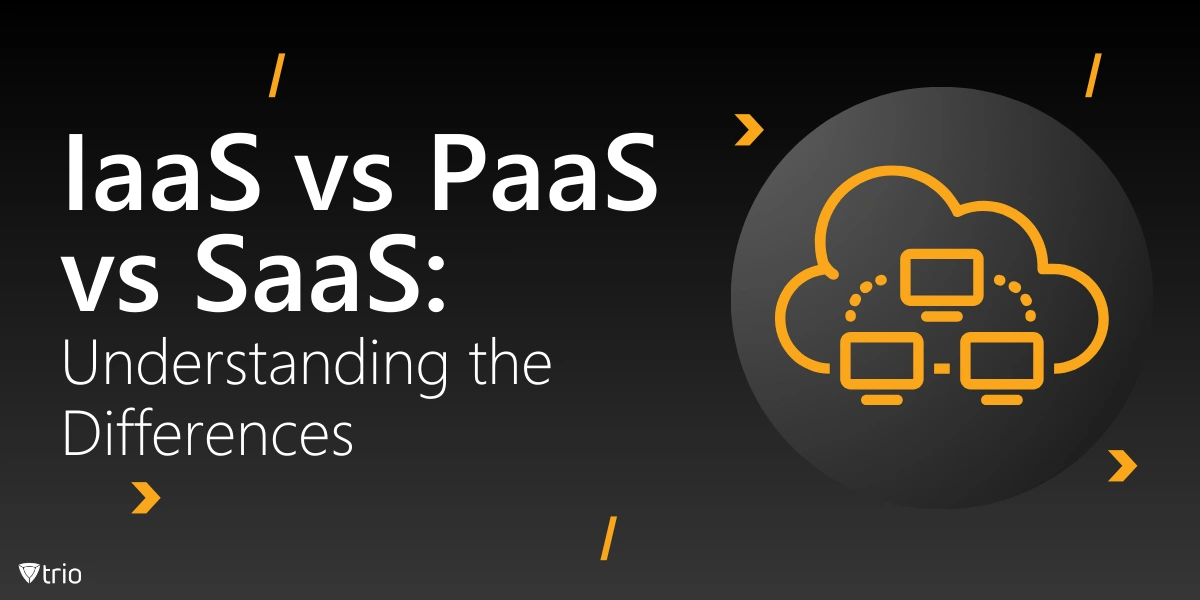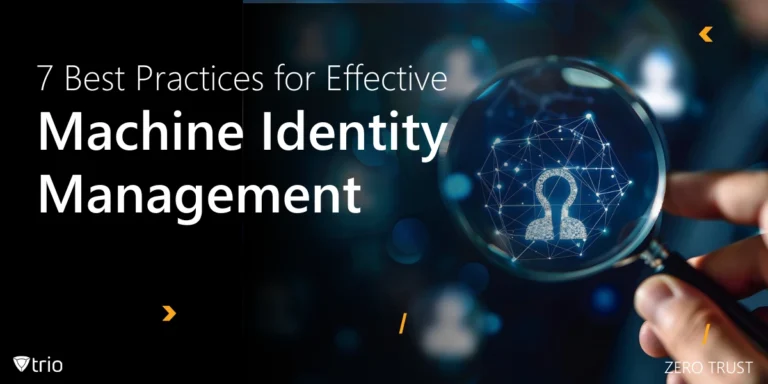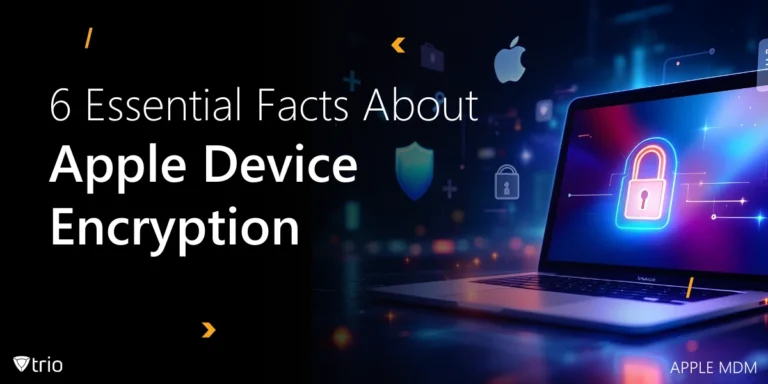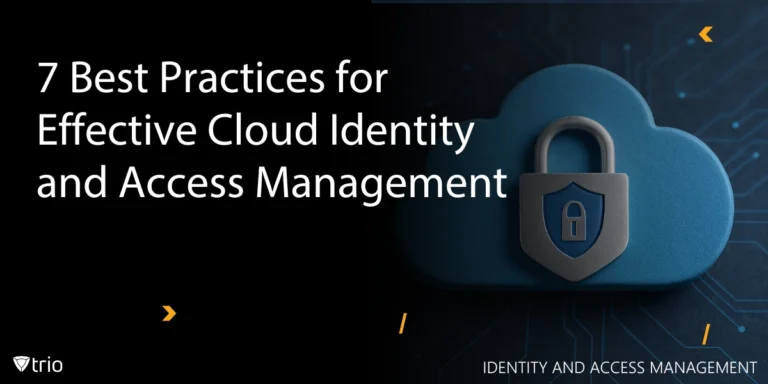The rapid adoption of cloud computing has revolutionized the way organizations build, deploy, and manage applications. Cloud service models—Infrastructure as a Service (IaaS), Platform as a Service (PaaS), and Software as a Service (SaaS)—offer businesses unique advantages depending on their specific needs. Understanding the differences among these models is essential for making informed decisions about which model best suits an organization's goals.
What is IaaS?
Infrastructure as a Service (IaaS) is a cloud computing model that provides virtualized computing resources over the internet. With IaaS, businesses can rent servers, storage, networking, and other essential computing infrastructure from a cloud provider, enabling them to avoid the complexity and cost of managing physical hardware.
Key Features of IaaS
IaaS provides flexibility and scalability, allowing businesses to quickly adjust resources to meet changing demands. This model typically includes features such as:
- Virtual machines for hosting applications.
- Cloud storage solutions for data management.
- Networking resources for connectivity and communication.
- APIs for integration with third-party applications.
Examples of IaaS Providers
Major IaaS providers include Amazon Web Services (AWS), Microsoft Azure, and Google Cloud Platform (GCP). For example, AWS EC2 allows organizations to run applications on virtual servers with customizable configurations. Azure's Virtual Machines provide similar functionality, offering a scalable and cost-effective infrastructure solution.
Use Cases for IaaS
IaaS is ideal for businesses that require high levels of control and customization. Examples include:
- Web Hosting: Hosting websites and web applications.
- Development and Testing: Creating isolated environments for software development.
- Disaster Recovery: Ensuring business continuity with backup and recovery solutions.
What is PaaS?
Platform as a Service (PaaS) takes cloud computing a step further by offering a platform for application development and deployment. PaaS eliminates the need for businesses to manage underlying infrastructure, allowing them to focus solely on building and deploying applications.
Key Features of PaaS
PaaS provides tools and services for developers, such as:
- Development frameworks and runtime environments.
- Database management systems.
- Middleware for application integration.
- Tools for collaboration and version control.
Examples of PaaS Providers
Prominent PaaS providers include Heroku, Google App Engine, and Microsoft Azure App Services. For instance, Heroku simplifies the deployment of web applications by abstracting the complexities of infrastructure management. Similarly, Google App Engine allows developers to build and host applications in multiple programming languages without worrying about server configurations.
Use Cases for PaaS
PaaS is well-suited for developers and organizations aiming to streamline the application development process. Common scenarios include:
- Application Development: Quickly building, testing, and deploying applications.
- Integration Services: Connecting various enterprise systems seamlessly.
- API Development: Developing and managing APIs for web services.
What is SaaS?
Software as a Service (SaaS) delivers fully functional software applications over the internet. Unlike IaaS and PaaS, SaaS does not require users to manage infrastructure or application development. Instead, users can access software directly through a web browser or mobile app. For a comparison of DaaS vs Saas, click here.
Key Features of SaaS
SaaS offers simplicity and convenience with features such as:
- On-demand access to software applications.
- Automatic updates and maintenance by the provider.
- Multi-tenancy to serve multiple users on a shared infrastructure.
- Subscription-based pricing models.
Examples of SaaS Providers
Popular SaaS solutions include Microsoft 365, Google Workspace, and Salesforce. For example, Microsoft 365 provides productivity tools like Word, Excel, and Teams via a cloud-based platform. Salesforce enables businesses to manage customer relationships through its comprehensive CRM system.
Use Cases for SaaS
SaaS is ideal for businesses looking for ready-to-use solutions. Common use cases include:
- Collaboration Tools: Applications like Slack and Zoom for team communication.
- Customer Relationship Management (CRM): Platforms like HubSpot and Salesforce for managing customer interactions.
- Enterprise Resource Planning (ERP): Solutions like SAP and Oracle NetSuite for managing business operations.
Key Differences Between IaaS, PaaS, and SaaS
IaaS, PaaS, and SaaS differ primarily in the level of control and responsibility they provide. Infrastructure as a Service (IaaS) offers the most control over IT resources by providing virtualized hardware like servers, storage, and networking. Businesses can customize their infrastructure based on specific needs but must manage operating systems, middleware, and applications. This makes IaaS ideal for enterprises requiring high customization and scalability, such as hosting web applications or managing big data projects.
Platform as a Service (PaaS) abstracts infrastructure complexities by offering a development environment where users can build, test, and deploy applications. PaaS manages hardware, operating systems, and runtime environments, allowing developers to focus solely on application logic and functionality. Examples like Microsoft Azure App Services and Google App Engine simplify app creation by removing the need for infrastructure maintenance, which is critical for agile development teams.
Software as a Service (SaaS) is the most hands-off model, providing ready-to-use applications delivered over the internet. SaaS eliminates the need for any IT infrastructure management as the service provider handles all aspects of the software, including updates and security. End-users can simply log in and use the software, making it ideal for common business applications like CRM, ERP, or collaboration tools. Examples include Microsoft 365 for productivity and Salesforce for customer relationship management.
The three models also differ in terms of cost and accessibility. IaaS is usually pay-as-you-go, enabling cost-efficient scalability, while PaaS charges based on development resources consumed. SaaS, on the other hand, operates on subscription models, making it accessible for smaller businesses with limited budgets. This cost structure often aligns with the technical expertise and operational needs of the business.

Choosing the Right Model for Your Business
Choosing between IaaS, PaaS, and SaaS depends on the organization's unique requirements, including technical expertise, budget, scalability needs, and IT asset management strategy. Companies with an experienced IT team and complex customization needs might prefer IaaS for its flexibility. For instance, a financial services firm building a secure environment for analytics might benefit from AWS or Google Cloud Platform, which allows full control over virtual machines and data management.
For businesses focused on application development, PaaS is often the most logical choice. It offers a managed platform for developers to streamline the app lifecycle, from coding to deployment. Startups and agile teams can leverage PaaS to launch products faster without worrying about server configurations or middleware updates. Companies like Spotify have utilized PaaS to ensure smooth application scaling and deployment in high-demand scenarios.
Organizations that require ready-to-use tools with minimal IT involvement should opt for SaaS. Its subscription-based model is highly cost-effective for small to medium-sized enterprises (SMEs) seeking essential tools for operations, like Slack for communication or HubSpot for marketing. SaaS is also advantageous for remote teams, as applications are accessible via the cloud without installation.
Hybrid approaches are becoming increasingly common, with businesses combining these models to optimize operations. For example, a company might use IaaS for its backend infrastructure, PaaS for app development, and SaaS for customer-facing services. Assessing operational goals and consulting with cloud solution providers can help determine the right mix for success.
Choosing the Right Model for Mobile Device Management Integration
The integration of Mobile Device Management with IaaS, PaaS, or SaaS depends on the organization's technical expertise, budget, and specific requirements.
Infrastructure as a Service (IaaS) and MDM Solutions
IaaS provides the foundational infrastructure—servers, storage, and networking—that organizations can configure for various needs, including hosting Mobile Device Management (MDM) platforms. By leveraging IaaS, businesses can deploy and scale MDM servers without investing in physical hardware. For instance, an organization using Amazon Web Services (AWS) or Microsoft Azure can host their MDM solution within a virtualized environment, ensuring it can grow alongside their device management requirements.
MDM solutions deployed via IaaS benefit from flexibility and scalability. Administrators can configure dedicated virtual machines for specific MDM tasks, such as policy enforcement or data synchronization. Additionally, IaaS platforms often offer robust security features like firewalls and intrusion detection systems, complementing the security needs of an MDM solution. Businesses can also automate backups and disaster recovery processes for their MDM infrastructure using the IaaS provider’s tools, ensuring business continuity.
Another advantage is cost efficiency. Organizations pay only for the resources they use, which is particularly useful for businesses with fluctuating device management demands. Furthermore, global IaaS data centers ensure that MDM solutions can operate with low latency, even for distributed teams or remote workforces. This is critical for real-time policy updates or troubleshooting device issues.
Platform as a Service (PaaS) and MDM Solutions
PaaS simplifies the development and deployment of applications, including MDM platforms. When using PaaS, businesses gain access to a managed environment that includes operating systems, runtime environments, and development tools, allowing IT teams to focus solely on configuring and enhancing their MDM solutions rather than managing the underlying infrastructure.
MDM solutions built on PaaS platforms like Google App Engine or Microsoft Azure App Services can integrate with existing enterprise applications. For example, developers can use APIs provided by the PaaS provider to connect MDM platforms with identity and access management systems, improving device authentication workflows. This integration can streamline tasks like user provisioning or remote locking of devices.
Software as a Service (SaaS) and MDM Solutions
SaaS delivers ready-to-use MDM platforms accessible through a web browser or mobile app. With SaaS-based MDM, businesses do not need to worry about installing, configuring, or maintaining the software. Providers like VMware Workspace ONE or Microsoft Intune handle all backend operations, allowing IT admins to focus entirely on managing devices and enforcing policies.
SaaS-based MDM is ideal for organizations with limited IT resources or those seeking rapid deployment. IT admins can quickly onboard new devices, apply security policies, and monitor compliance without setting up servers or handling updates. SaaS identity management becomes easy. For example, SaaS MDM platforms often include automated patch management and support for over-the-air updates, ensuring that all managed devices remain secure and compliant with organizational standards.
Conclusion
Understanding the distinctions among IaaS, PaaS, and SaaS is essential for businesses navigating the cloud computing landscape. Each model serves a specific purpose: IaaS provides control and customization, PaaS simplifies development, and SaaS delivers convenience and accessibility. By aligning these features with their operational goals, businesses can create efficient workflows and achieve their objectives.
For businesses deciding between these models, careful evaluation of budget, expertise, and specific use cases is crucial. Whether it’s deploying complex infrastructure, streamlining app development, or using ready-to-go software, each cloud computing model offers unique benefits. The choice ultimately hinges on how well the model addresses the organization’s immediate and long-term needs.
Want to streamline your cloud computing strategy? Try Trio’s cutting-edge tools to manage and optimize your IaaS, PaaS, and SaaS operations. Start your free trial today and revolutionize your IT infrastructure!
Get Ahead of the Curve
Every organization today needs a solution to automate time-consuming tasks and strengthen security.
Without the right tools, manual processes drain resources and leave gaps in protection. Trio MDM is designed to solve this problem, automating key tasks, boosting security, and ensuring compliance with ease.
Don't let inefficiencies hold you back. Learn how Trio MDM can revolutionize your IT operations or request a free trial today!





